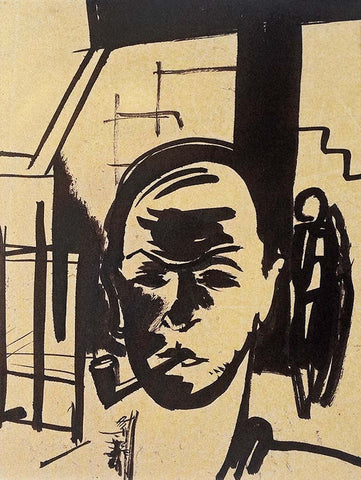
Monograph about Latvian artist Romans Suta (1896-1944).

Dace Lamberga, researcher of Latvian Classical Modernism, will take us on a journey through the life and "lofty art" of Romans Suta; the well-known writer on European Classical Modernism Gladys Fabre will provide an insight into the international art scene of Paris between the wars, identifying Suta’s place in this scene; Natālija Jevsejeva, head of the Museum of Romans Suta and Aleksandra Beļcova, will acquaint us with Romans Suta’s activities as scenographer, interior artist and designer; and film historian Inga Pērkone will reveal the little-known cinematic world of that time. In the recollections of Herberts Sils, a pupil at the Riga Folk College, Suta is presented to us as pedagogue.

Romans Suta is indeed a legend. There are so many amusing stories about his energetic activity on the Latvian art scene and in everyday life, in the course of which he would, moreover, always get into trouble. All of this attention tends to overshadow that which is actually the most important – his rich and diverse oeuvre. Suta was definitely one of the figures shaping the tastes of his age, drawing attention to topical developments in art and broadening the artist’s sphere of responsibility. A pioneer forging new paths in painting as well as a gifted writer, he crusaded for the appreciation of contemporary art among the Latvian public and established links with intellectual currents at the European centres of art, especially those prevailing in Paris, the Mecca of all artists at the time. He was the one who convincingly bestowed on applied art the status of modern design, directing the products of the Baltars workshop towards the first true international achievements of Latvian art. In addition to adventures and scenographic discoveries at the theatre, he took up the latest challenge – that of working in cinema
Laima Slava
